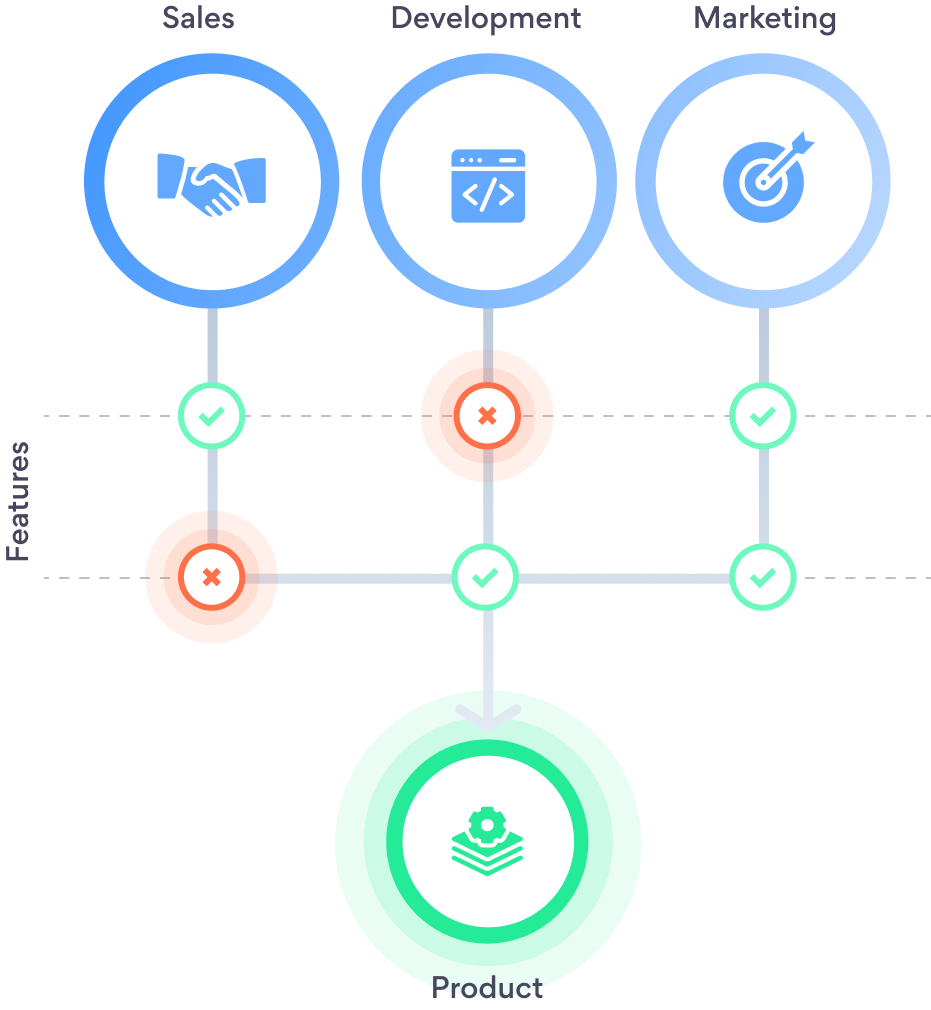The biggest challenge for agile digital launches is defining the minimum viable product. But there is a solution.
In the last five to 10 years, asset managers have changed many ways of working, including how they target and communicate with customers. More than ever, marketing need awareness of and alignment with technology. But perhaps more critically, technology needs to align with sales and marketing’s commercial focus.

Taking the approach of developing a minimum lovable product puts the customer’s experience at the centre while keeping the list of requirements lean.
Many traditional attitudes continue in asset management. Change can be hard to implement. One area that has caused constant friction and, in some cases, division between technology and marketing is the concept of agile working and especially the minimum viable product (MVP) approach that comes with it.
Agile development principles are nothing new for technologists but can be a huge change for marketing and operational teams across asset management.
The idea of developing a digital product in short bursts, requiring constant engagement and release in half the time or less sounds perfect. To then scale it in line with user needs and real data to back up the product evolution sounds fantastic. But the transition to agile was – and often still is – painful for teams on both sides of the fence.
Why agile is uncomfortable
There are likely many nuanced reasons in each organization. These could include inadequate understanding of the reality of change; lack of clarity over the engagement needed; poor prioritization measures; and poor communications, to name a few.
But one factor stands above these – MVP.
An MVP is a version of a product with just enough features to be usable by early customers who can then provide feedback for further development. Because the agile methodology is built on validating and iterating products based on user input, MVPs play a central role. It means developers can avoid lengthy and unnecessary work, and a product can ultimately become more targeted at user needs and more successful.
This sounds sensible from a timing, resource, financial and user-centric perspectives. But we have also seen MVPs encounter blockages or fall over during release.
One reason is fear of releasing something that is not complete and polished. This is a common issue, especially for more traditional marketing and sales teams. Marketing collateral and experiences across asset management are typically refined and slightly lavish. So getting buy-in to release something that does not tick all those boxes can be daunting.
Another common problem is that focus shifts after an MVP launch. Continuous improvement can be tough to stick to. Rarely is there enough money, resource and technology support to keep it going. Most chief technology or chief investment officers usually have a long list of burning platforms and other urgent projects to address.
But one issue is even bigger – who defines ‘viable’? Leaders often brush over the definition of viable and who owns it. When the program gets close to delivery, marketeers and technologists often disagree over what is viable, due to their differing focus and priorities.
We may be stereotyping here, but marketers usually want the product to delight their customers and be as polished as possible. Developers often seem to focus on their backlogs and whether something passes quality assurance. They will want to spend just enough time to make it viable.
Often these two definitions are far apart.

Source: productfolio.com
The solution
These days users are demanding – they don’t just want something that works, they want to love it. The market is crowded with competitors trying to do exactly that. So, even if your product works, it may not be suitable to release because you know there is no chance users will love it.
The solution is the minimum loveable product (MLP). The principles remain the same, but the definition of what you agree to deliver changes. Instead of doing the bare minimum to get something workable out to customers, you aim to start with the minimum product that they can love.
The goal is still to be agile – we are not advocating a move away from that, nor are we trying to rebrand agile principles. But we are proposing a shift in emphasis towards an early product that can delight customers. This approach involves more input from marketing, design and user experience from the start – but with the right tools, talent and experience you can design something exciting but which still has plenty of scope for further customization, refinement and development. A clear win to serve your customers’ needs better, give your business better data to work from, while also giving a scalable platform to build on.
Kurtosys delivers a scalable platform with a suite of tools allowing MVPs to be MLPs. It provides new websites, applications and automated processes such as key investor information documents (KIIDs). It reports at pace, with genuine value for your customers.
If you would like to discuss any of the above, or talk about your website, reporting and client data solutions, get in touch with our team today.




